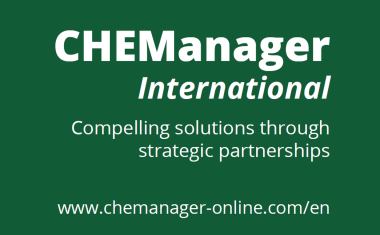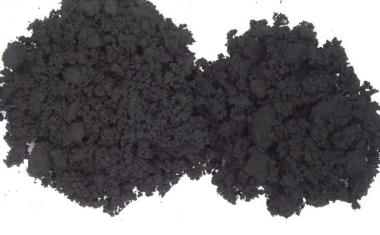Out-of-Court PFAS Settlement for DuPont and Ex-units
DuPont and former group units Chemours and Corteva have agreed to pay more than $1 billion to settle out of court US claims that per- and polyfluoroalkyl substances (PFAS) discharged from their plants contaminated waterways that supply a majority of US public water systems.
DuPont and former group units now trading as Chemours (chemicals) and Corteva (agriculture) have agreed in principle to pay more than $1 billion to settle out of court claims that so-called “forever chemicals,” per- and polyfluoroalkyl substancesc( PFAS) discharged from their production facilities, contaminated waterways that supply the “vast majority” of US public water systems.
DuPont and its former group units now trading as Chemours (chemicals) and Corteva (agriculture) have agreed in principle to pay more than $1 billion to settle out of court claims that so-called “forever chemicals,” per- and polyfluoroalkyl substancesc( PFAS) discharged from their production facilities, contaminated waterways that supply the “vast majority” of US public water systems.
Together, the three companies have pledged to contribute a total of $1.185 billion to a settlement fund. Chemours will chip in 50% and DuPont and Corteva together the remaining 50%, (about $400 million and $193 million respectively). The payments will help them avoid some of the legal claims they still face after years of litigation.
The pledges follow health advisories issued by the US Environmental Protection Agency (EPA) in June 2022 that said the fluorinated chemicals were much more hazardous to human health than originally thought and are probably more dangerous even at levels thousands of times lower than previously believed.
On the basis of the court order, the settlement amounts will be funded by the companies in full and deposited into the water district settlement fund within ten business days following preliminary approval of the settlement by the court.
A definitive agreement expected to be finalized during the ongoing second quarter will be subject to approval by the United States District Court for the District of South Carolina.
As part of the approval process, the court will establish a timetable for notice to class members, hearings on approval and provisions for class members to opt out of the settlement. The companies will have the right to terminate the settlement if opt-outs exceed specified levels.
Excluded from the settlement class will be water systems owned and operated by a US state or the federal government, as well as small systems that have not yet detected the presence of PFAS and are not currently required to monitor for it, as well as the lower Cape Fear River Basin of North Carolina.
Should a settlement not be be finalized and approved and plaintiffs elect to pursue their claims in court, the companies said in a statement that they will “continue to assert their strong legal defenses in pending litigation. All three former DuPont units deny the contamination allegations.
In March this year, the EPA it was preparing legislation mandating “near-zero” concentrations of PFAS in drinking water supplies, “where enforceable,” for the first time in US history.
The agency’s proposed National Primary Drinking Water Regulation (NPDWR) covers six PFAS including perfluorooctanoic acid (PFOA), perfluorooctane sulfonic acid (PFOS), perfluorononanoic acid (PFNA), hexafluoropropylene oxide dimer acid (HFPO-DA, branded as GenX), perfluorohexane sulfonic acid (PFHxS), and perfluorobutane sulfonic acid (PFBS).
Along with enforceable limits, the EP wants to set health-based, non-enforceable Maximum Contaminant Level Goals (MCLGs) for the six chemicals in drinking water. For PFOA and PFOS, the guidance is that concentrations should not exceed 4.0 parts per trillion (ng/L), along with a 1.0 ng/L limit for PFHxS.













